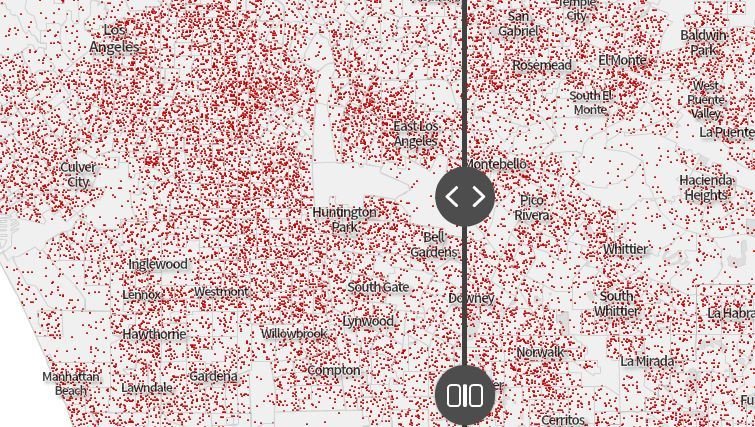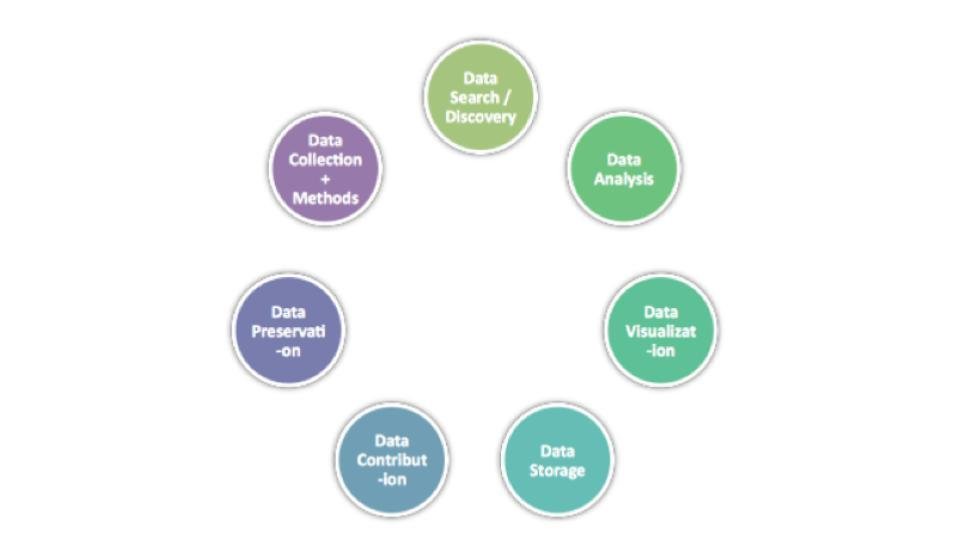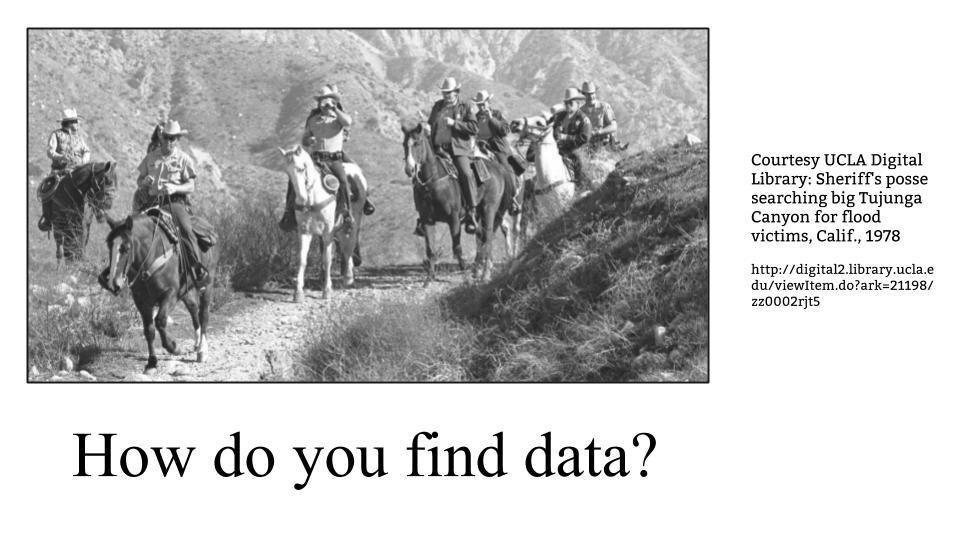Discovering Data



How do you find data?
Questioning
the data
- Who
- What
- When
- Where
- How
For full data reference interview questions please see Lynda Kellam - https://www.slideshare.net/lyndamk/data-refinterview
-
Authority: Who is the author and/or who created the chart, graph, or figure? What are their qualifications?
-
Audience: Who is the intended audience?
-
Content: What is being communicated by the statistics or statistical presentation? Do the statistics "make sense" logically? That is, do they seem reasonable or are there other factors that might better explain or contribute to the findings? For polling statistics, how were the questions worded? Did they include loaded terms? How are the statistics presented? Does the presentation accurately represent the statistics? Are they presented in a neutral fashion?
Source: Peter, K. & Kellam, L. (2013). Statistics & the Single Girl: Incorporating Statistical Literacy into Information Literacy Instruction. LOEX Quarterly 40(1): 2-3, 10. https://libres.uncg.edu/ir/uncg/f/L_Kellam_Statistics_2013.pdf
-
Coverage: Who (or what) is being represented by the statistics? For example, do the statistics represent everyone in the United States or just registered voters, adults, or another subpopulation?
-
Currency: When were the statistics collected? What time period(s) do they represent? Were events occurring at the same time that may have influenced the responses or outcomes? Is more recent data available?
-
Purpose: Why were the statistics collected? If it is from a public opinion poll, who sponsored or paid for the survey?
Source: Peter, K. & Kellam, L. (2013). Statistics & the Single Girl: Incorporating Statistical Literacy into Information Literacy Instruction. LOEX Quarterly 40(1): 2-3, 10. https://libres.uncg.edu/ir/uncg/f/L_Kellam_Statistics_2013.pdf
Lets explore some data sources
- Social Explorer
- SimplyMap
- PolicyMap
- EVGeoCloud
- Los Angeles Open Data
- ?
Social Explorer
A range of Census and
other government data
Lots of geographies
Lots of options for working with the data
Annotation options
1. Pick a community or place.
2. Tell a story. Pick a variable or two and develop a question or observation.
3. Share it out.